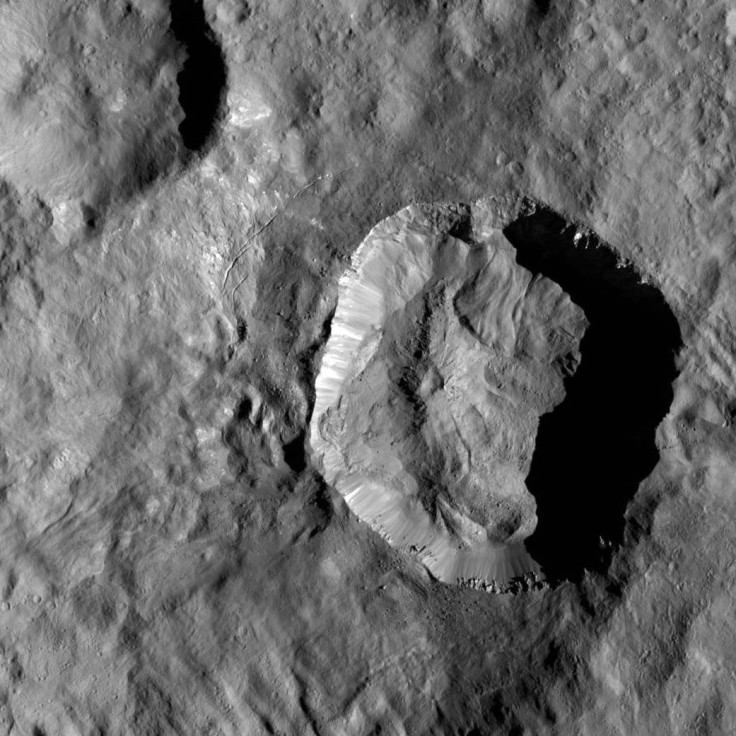It is that time of the week again when we do a #SpaceSnap feature! If this is your first time encountering #SpaceSnap, it is a weekly feature that we do here at iTech Post that shines the spotlight on the awe-inspiring photos taken of what can be found in space.
We have frequently featured galaxies, nebulae, and star clusters in the past. For today's feature, we will do something different and pin the focus on a dwarf planet. Specifically, we will talk about a photo snapped by the Dawn mission of the National Aeronautics and Space Administration (NASA).
Without further ado, let's get started!
NASA's Dawn Mission's Photo of the Juling Crater

The photo we are talking about is none other than the photo taken by Dawn of the Juling Crater, which is found on the dwarf planet known as Ceres. What is very noticeable in the photo are rims and floor of the Juling Crater.
According to NASA, this photo was taken on August 25, 2016, during the extended mission of Dawn "from its low altitude mapping orbit at about 240 miles (385 kilometers) above the surface."
Ceres and Its Juling Crater
Ceres is a dwarf planet located in the asteroid belt found between Mars and Jupiter. It is also the only dwarf planet that can be found within the inner solar system, according to NASA. It has a radius of 296 miles and one year on Ceres is equivalent to 1,680 days on Earth.
Discovered in 1801 by Giuseppe Piazzi, it was first mistaken as an asteroid. It was only in 2006 when it was classified as a dwarf planet.
Ceres does not have any moons, rings, or atmosphere. What it does have, however, is "sporadic water vapor."
The Juling Crater, which is found on Ceres, got its name from the Sakai/Orang Asli spirit of the crops from Malaysia. It is around 1.6 miles deep. There is a mountain to the left of the center of the crater and it is believed to be 0.6 miles high.
Related Article: 10 Things to Know About Ceres, the First Dwarf Planet to be Visited by a Spacecraft
NASA's Dawn Spacecraft
Launched in 2007, NASA's Dawn has made history a couple of times during its mission. It became the first spacecraft to "orbit a body in the region between Mars and Jupiter." That body is none other than the asteroid Vesta.
Dawn also became the first spacecraft to visit a dwarf planet when it reached Ceres in 2015. Its visit to Ceres also made it the first spacecraft to orbit two destinations that are beyond our planet.
Initially, it was planned that Dawn's mission would only last nine years. However, it had been decided that the mission would be extended until the spacecraft's hydrazine fuel supply ran out. The mission was ended in 2018, but Dawn remains in orbit around Ceres.









